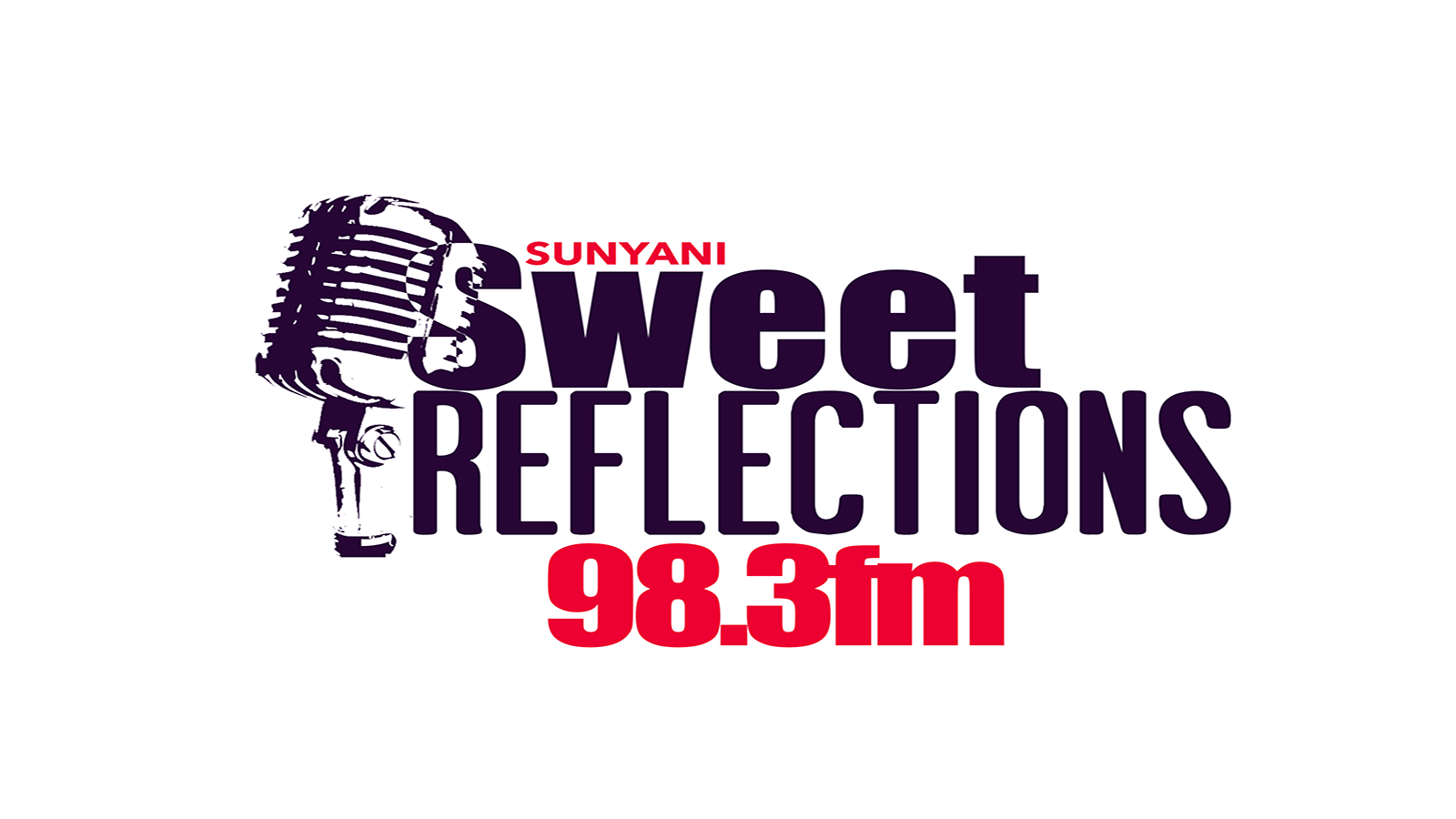It’s too late to address the stark gap in COVID-19 vaccination rates between Europe and Africa before a clutch summit in February, a European Union official said Wednesday.
The meeting between heads of state from the EU and African Union — pushed from October 2020 to Feb. 17-18 of next year due to COVID-19 — has been cast by EU institutions as a chance to reset the bloc’s “partnership” with Africa. But officials in Brussels have been fretting for months about how to convey that message when EU citizens are receiving booster shots while many in Africa still await their first dose.
- The new COVID variant is in Western Region
- Ghana Tourism Authority introduces initiatives to boost domestic tourism
Sign up for Devex CheckUp
The must-read weekly newsletter for exclusive global health news and insider insights.
According to figures shared with journalists by the EU’s foreign service Wednesday, 43% of the global population is fully vaccinated against COVID-19, including 67% of people in the EU but just 7% of those in Africa.
“When we look at the figures, there is probably a situation to be dealt with urgently,” an EU official, speaking on condition of anonymity per EU rules, told reporters in a briefing Wednesday.
“With our U.S. partners and [global vaccine-sharing initiative] COVAX who are very involved in this discussion, we will not be able to raise this vaccination rate [in Africa] very significantly by mid-February. … The delivery of doses takes between one and two months, and we are already two months away from the summit. What is important for us is to offer some guarantees and some perspective to the African partners.”
The European Commission reported this week that 308.2 million doses have been transferred by EU member states to COVAX, and 72.7 million of these have been delivered to recipient countries. A further 45.2 million doses have been delivered to recipient countries by EU states bilaterally, with the commission reporting that 353.4 million doses have been donated by member states overall and about 118 million delivered.
That allowed the commission to assert Wednesday that the EU has met its target of sharing 250 million doses with low- and middle-income countries, particularly through COVAX, by the end of 2021.
“From a legal point of view, those doses are no longer with the EU member states,” a second EU official said. “Those doses are with COVAX or donated on a bilateral basis.”
The second official attributed the difference between the number of doses shared with COVAX and the total actually delivered to low-income countries to a range of factors: recipient states’ readiness to handle large shipments from COVAX, local regulators approving each type of vaccine, and the necessary low-temperature supply chain for adequate storage and distribution.
Subscribe to Devex CheckUp
Front-line and behind-the-scenes reporting on global healthSubscribe
And the second official expressed optimism that dose donations would speed up next year, citing trilateral agreements now in place between individual vaccine producers, COVAX, and the EU, as well as the idea that “receiving countries have learned to receive those vaccines — they have learned how to do it — [and] they have put into place a regulatory system.”
But Emily Wigens, EU director at the ONE Campaign, told Devex that the EU is not actually hitting its donation target as long as doses remain undelivered to countries.
“That’s not a promise kept yet, that’s a potential headache for EU leaders with a major Summit with African partners planned in just a few months’ time,” Wigens wrote by email Wednesday.
“When we look at the [COVID-19 vaccination] figures, there is probably a situation to be dealt with urgently.”— An EU official
Officials also addressed criticism of the EU for resisting calls from countries such as India and South Africa to boost vaccine production by temporarily waiving some intellectual property restrictions.
A third official said the commission is “very actively engaged” in discussions at the World Trade Organization to allow production without the consent of the patent owner in certain cases. “But it’s very important that we do this while staying within multilateral frameworks and that we do this without disrupting ongoing international collaborations and international global supply chains, because if there is production everywhere happening, this has ramifications on sourcing of raw materials, etc.”
The first official said that as Russia and China develop vaccine manufacturing sites around the world, the EU predicts a total of more than 20 billion doses will be available globally next year.
“[That] will have also an impact on the access and on the price of this vaccine, which of course has to be taken into account in the discussion in WTO,” the first official said. “So we have to see it not only as a legal aspect, but as an economic and market issue. And the commission — contrary to what we read sometimes in some statements — is contributing very intensively to a compromise close to the director-general of WTO.”





